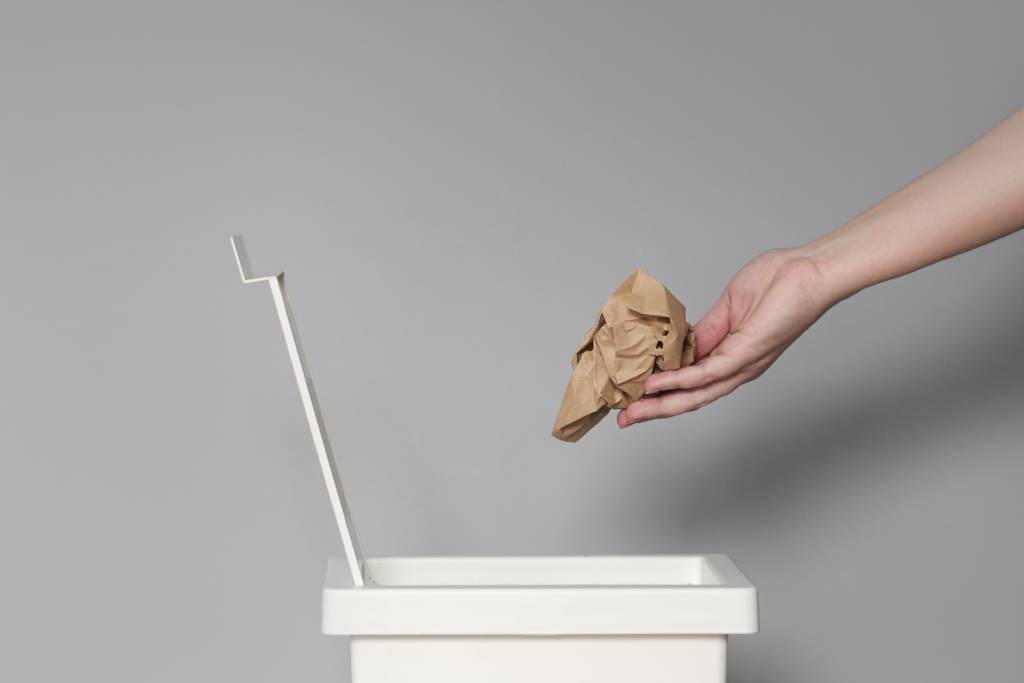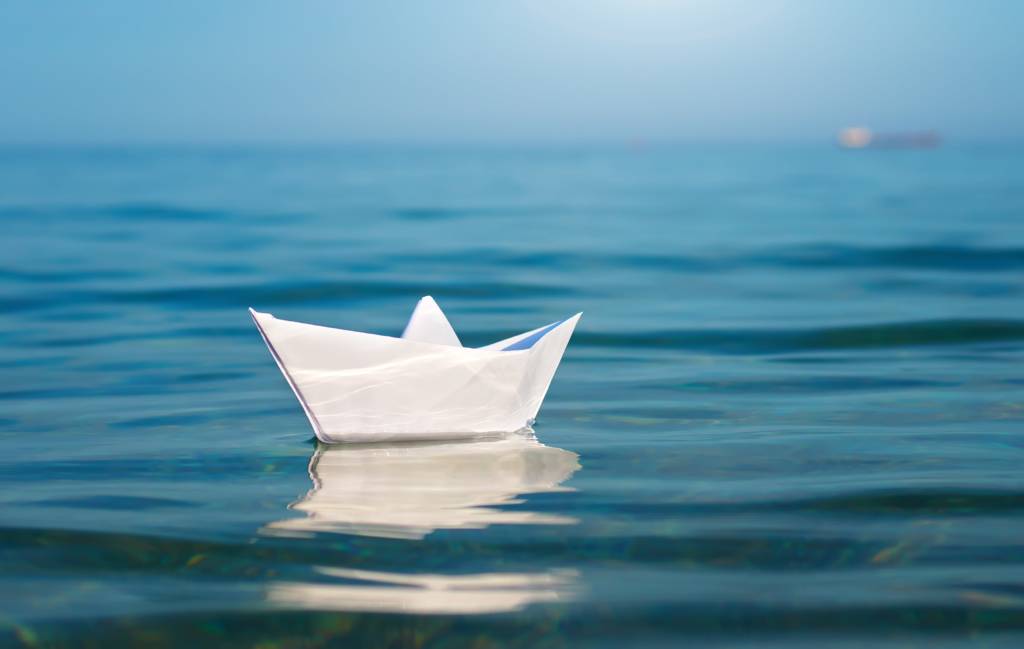The Big Ride: A ThinkerSpace Challenge for an Unprecedented Summer
If you’ve been following our Facebook page, you’re familiar with our ThinkerSpace Challenges. These challenges are designed to engage students and your own children in project-based learning. As I write these challenges, my goal is to make sure kids can complete the challenge by using materials they can find around the house.
This week’s challenge jumpstarts your students’ and children’s creativity by having them design the next biggest attraction for summer fun.
Leverage Summer Interests
For your kids, this summer will be unlike any other they’ve experienced. Instead of going to the pool, summer camps, and playing with neighbors until it’s dark, social distancing may mean this summer has different restrictions.
Even if your students and children can’t engage in typical summer activities, incorporate these interests into special summer projects. If they can’t go to the pool, have them design a pool for all of their friends. If they can’t go to camp, have them work virtually with a friend to design their own camp—complete with a daily schedule, crafts, and games.
Summer’s Big Attraction
While I spent a majority of my childhood summers crafting and running around with my siblings, there was one activity that epitomized summer for me: a day at my favorite amusement park, Hersheypark.
We’d pick up sandwiches from Wawa early in the morning, make the drive to Hershey, and slather ourselves with sunscreen before walking through the front gates. I still remember how excited I got when I saw the largest roller coasters miles before we got to the park.
In this challenge, it’s time for your kids to design the next ride to make a big splash in the amusement park world.

Design an Amusement Park Ride
Design a model for an amusement park ride. How can design it so amusement park goers are excited and filled with anticipation when they see it?

Amusement park rides are all about the physics behind movement. Before designing your ride, learn about Sir Isaac Newton’s three Laws of Motion.
First Law of Motion: This law states that an object at rest (not moving) tends to stay at rest and a moving object tends to stay in motion unless acted upon by another force. For example: The ingredients to make cookies will not mix together unless I use force and a spoon to stir them up.
Second Law of Motion: This law states that the acceleration of an object (how quickly it speeds up or slows down) is dependent on the force acting upon that object, as well as its mass (amount of matter in an object). For example: My car will move at a faster rate if I press harder on the gas pedal. I can also increase the acceleration faster on a smaller object, like a baseball, than a larger object, like a refrigerator.
Third Law of Motion: This law states that every action has an equal and opposite reaction. For example: If I kick a soccer ball, the soccer ball will go flying—how far or high depends on how much force I use to kick the ball.
The success of your amusement park ride will also depend on gravity.
Gravity is a force that draws an object toward a larger object. It’s very hard to measure the gravitational force between a basketball and a baseball, but it is much easier to measure the gravitational force between a basketball and the Earth because Earth is so much larger!
Another physics concept that may impact your ride is centripetal force. Centripetal force keeps an object moving in a curved path around the center of rotation.
When you put your ride to the test, you will see these laws of physics in action. You will be able to defend the success and safety of your ride by backing it up with scientific reasoning.

As you start designing your amusement park ride, consider these questions:
- How can you use gravity to your advantage to keep your ride moving?
- How much force would be required to make your ride work? How will you create that force?
- How can you use themes and design to get amusement park guests to try your ride?
- How will you keep riders safe throughout your ride?
- How can you test the function of your ride?

Let’s get started with your challenge!
- Explore amusement park websites to learn about different types of rides.
- Brainstorm the ride you want to design. Consider the theme, colors, and design you will use.
- Sketch your ride. Label with the materials you would use to build the ride. Consider using graph paper to help draw straight lines.
- Build a scale model of your ride, complete with moving parts.
- Test your ride for functionality and the safety of the riders.
- Make improvements as needed.
- Share your design with friends, family, or your local amusement park. Be sure to explain the physics behind your ride.

tart by exploring the three Laws of Motion. Guide students through several activities that ask students to test these laws. Have students build a simple amusement park ride, like a carousel, ferris wheel, or swing ride. Ask them to explain why it works.
Opportunities for Skill Application
Last week, we discussed essential skills for college- and career-readiness that can be reinforced with The Paper Airplane Challenge. This week, we’re focusing on mathematical practices that can be applied with this challenge.
- Perseverance in Problem-solving:Perseverance is crucial in any ThinkerSpace Challenge, but it requires a different level of commitment when the hard sciences and algebra get involved. Your students will persevere as they make sense of the task, all of the factors that impact their design, and test the functionality of their ride.
- Scale Modeling: Scale modeling is an essential skill for architects, interior designers, industrial engineers, and even jewelers. Encourage your students and children to build their design to scale. Make sure they start by establishing the scale, like 1 inch on their model represents 10 feet when built.
- Reasoning: Students will need to use scientific and mathematical reasoning to explain why their ride will work and how it will keep riders safe. As students test and modify their design, they’ll use reasoning to explain how their changes may impact their results.
- Using Appropriate Tools: As your students and children design, build, and test their design, they’ll likely need to use a variety of tools: ruler, timer, protractor, calculator, etc. Ask your students why they choose each tool they use.
Bring the fun this summer with a ThinkerSpace Challenge that encourages creativity and leverages the activities that kids love most during the summer.





